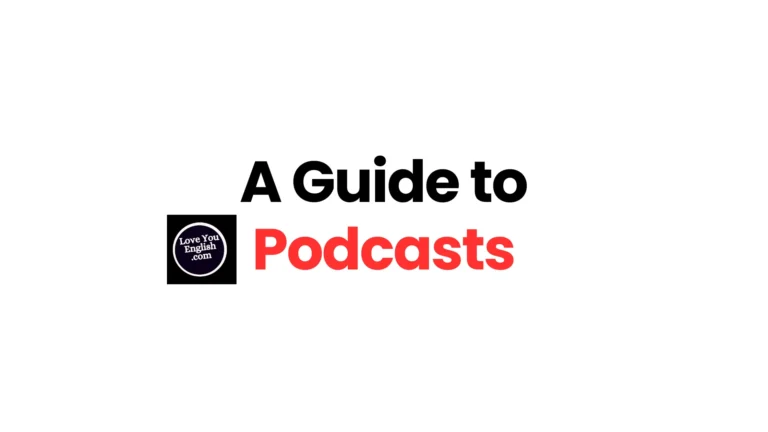How to Summarize an Article: Techniques & Tips
Sharing is caring!
We’ve all been there: you’ve read an article, but now you need to explain it to someone or write a summary.
But how do you condense a lengthy piece into a few key points without losing its essence?
Whether you’re a student summarizing a textbook chapter or a professional providing a quick report, summarizing is an essential skill.
In this post, I’ll walk through how to summarize an article effectively, breaking it down step by step.
Why Summarizing Matters
Before jumping into the techniques, it’s important to understand why summarizing matters. Summarizing helps:
-
Improve comprehension: When you summarize, you’re forced to identify the main ideas, which helps you better understand the material.
-
Save time: A well-written summary provides a quick snapshot of the article, saving readers time.
-
Sharpen your writing: Summarizing helps you practice the art of expressing complex ideas in simpler terms, which can improve your overall writing skills.
In a world filled with information, being able to summarize content is a valuable skill that you can use in many areas of life. Now, let’s dive into the steps for summarizing an article.
1. Read the Article Carefully
The first step to summarizing an article is to read it thoroughly. This may seem obvious, but many people skip this step and try to summarize based on just skimming the article. If you don’t fully understand what the article is saying, it will be difficult to summarize it effectively.
As you read:
-
Highlight key ideas: Underline or highlight important points, sentences, or phrases. These could be facts, arguments, or conclusions that the author is making.
-
Take notes: Jot down notes of the main ideas in your own words. This helps you digest the information better and makes it easier to write the summary later.
While reading, try to keep the main purpose of the article in mind. Ask yourself questions like: What is the author’s main argument or point? What are the key findings or conclusions?
2. Identify the Main Ideas
Once you’ve read the article, identify the main ideas. Look for the thesis statement, which is usually in the introduction or the conclusion. The thesis statement is the central idea that the article is trying to communicate.
After identifying the thesis, look for:
-
Supporting points: These are the arguments or pieces of evidence the author provides to support their thesis.
-
Important facts or data: Any numbers, facts, or statistics the author uses to make their case are crucial in the summary.
-
Conclusions: What does the article conclude with? What is the main takeaway?
While identifying these points, avoid getting bogged down in details that aren’t necessary for the summary.
3. Condense the Information
Now that you know the key points, the next step is to condense the information. The goal is to make the article shorter while keeping the essence of what it says. To do this:
-
Remove unnecessary details: Skip minor examples, anecdotes, or any sections that don’t contribute directly to the main idea.
-
Combine related ideas: If two or more points are closely related, try to combine them into one.
-
Simplify complex sentences: Turn long, complicated sentences into shorter ones that are easier to understand.
Remember, your aim is to convey the main message of the article without overloading the reader with too much information. Focus on clarity and simplicity.
4. Use Your Own Words
While summarizing, always use your own words. Don’t copy and paste sentences from the article into your summary. Paraphrasing helps show that you truly understand the content, and it also avoids plagiarism.
When paraphrasing, follow these tips:
-
Change the structure: Rearrange the order of the information if necessary.
-
Use synonyms: Replace words with simpler or more familiar alternatives.
-
Avoid detailed examples: Instead of providing specific examples, describe the general idea or point.
By using your own words, your summary will be unique and demonstrate your understanding of the article.
5. Stick to the Article’s Tone and Style
When summarizing, it’s important to preserve the tone and style of the original article. For example, if the article is formal, keep your summary formal. If the article is casual or conversational, reflect that tone in your summary.
However, since summaries are typically shorter and more straightforward, they tend to lean toward a more neutral tone. Avoid adding your own opinions or interpretations—focus purely on summarizing what the author said.
6. Organize Your Summary
A good summary is well-organized and easy to follow. Here’s a simple structure you can use:
-
Introduction: Begin with a sentence or two that introduces the article. Mention the title, the author, and the main purpose or thesis of the article.
Example:
“In her article ‘The Importance of Renewable Energy,’ author Sarah Lee discusses the need for transitioning to renewable sources of energy to combat climate change.” -
Body: In the body of the summary, highlight the main points and supporting arguments. This is the longest part of your summary, where you explain the key ideas in a concise manner.
Example:
“Lee explains that renewable energy sources, such as solar and wind power, are crucial for reducing greenhouse gas emissions. She supports this claim by citing studies showing that the use of fossil fuels is a leading cause of global warming.” -
Conclusion: End with a sentence that wraps up the article’s main takeaway or conclusion. This should reflect the author’s final message or call to action.
Example:
“Lee concludes by urging governments to invest more in renewable energy and incentivize the use of clean technologies to ensure a sustainable future.”
7. Keep It Short and Sweet
One of the key aspects of a summary is brevity. You don’t need to cover every single detail or mention every argument made in the article. A good summary typically condenses the article to a fraction of its original length while keeping the essential points intact.
When summarizing, aim for about one-third of the original article’s length. If the article is long, like 1500 words, aim to keep your summary under 500 words.
8. Review and Revise Your Summary
Once you’ve written your summary, it’s time to review it. Here are a few things to check:
-
Accuracy: Does your summary accurately represent the author’s ideas? Make sure you haven’t misunderstood or misrepresented any points.
-
Clarity: Is your summary easy to understand? Check for any unclear sentences or confusing ideas.
-
Conciseness: Have you kept your summary brief? Eliminate any unnecessary words or details.
If possible, read your summary aloud to see if it flows smoothly.
9. Check for Common Mistakes
Here are a few common mistakes to avoid when summarizing:
-
Including personal opinions: A summary is not the place for your opinion. Stick to what the author says.
-
Omitting important points: Make sure you cover the key ideas of the article. Don’t leave out essential information.
-
Too much detail: Summaries should be brief. Don’t include every fact or example from the article.
Final Thoughts
Summarizing an article is a skill that takes practice, but it’s incredibly useful in both academic and professional settings. By following the techniques above, you can write clear, concise summaries that capture the main ideas of any article.
Remember, the goal is to present the essential information in a way that’s easy to understand. With time and practice, summarizing will become second nature. So, the next time you need to summarize an article, follow these tips, and you’ll be able to do it quickly and efficiently!
More topics:
- Reading Comprehension Practice: B1 & B2
- Fiction vs. Non-Fiction: Which Should You Read?
- How to Create a Reading Plan for the Year
- Namesake Book Summary
- Fahrenheit 451: Full Book Summary
Sharing is caring!








